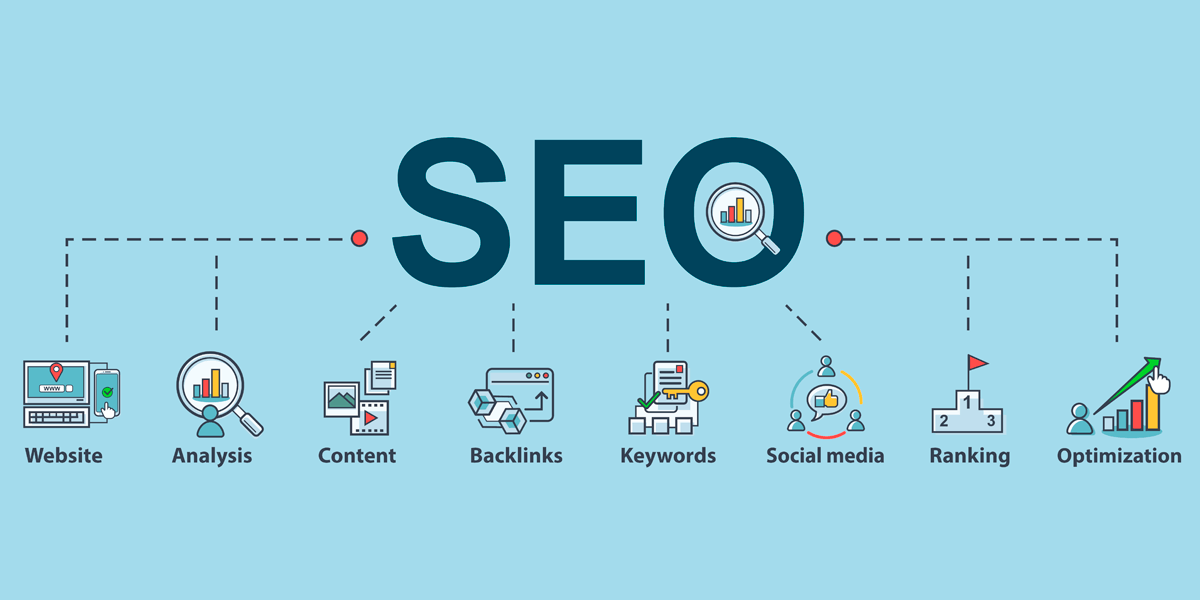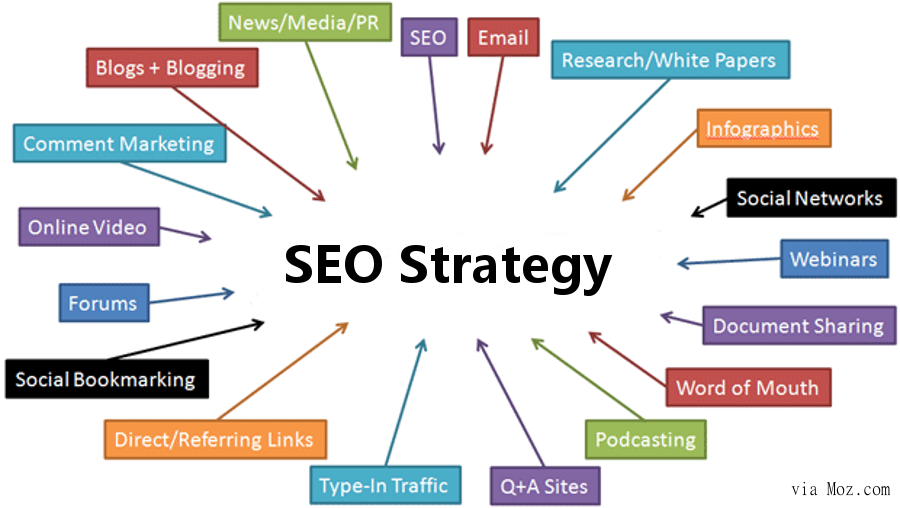Introducing the Unconventional Mediums in Google Analytics Beyond Default Settings
In the world of electronic analytics, Google Analytics stands as a cornerstone for businesses looking for to recognize their on the internet existence. By venturing beyond the surface and diving right into the complexities of social media information, email campaign efficiency, reference web traffic sources, direct website traffic patterns, and personalized channel groupings, a prize chest of info awaits those eager to accept a more nuanced approach.

Leveraging Social Media Insights
Periodically ignored, yet tremendously useful, is the practice of leveraging social networks understandings within the realm of Google Analytics. By incorporating information from platforms like Facebook, Twitter, Instagram, and LinkedIn into Google Analytics, organizations can acquire a much deeper understanding of their audience and the efficiency of their social media sites campaigns.
Through this combination, marketers can analyze and track user habits on their internet site that stems from social media sites platforms. They can determine which social networks networks are driving one of the most traffic, which content is resonating with the audience, and which campaigns are converting one of the most leads. This understanding permits data-driven decisions to enhance social networks approaches and boost overall marketing efficiency.
In addition, by incorporating social media understandings with Google Analytics, businesses can create much more targeted and customized campaigns - what is not considered a default medium in google analytics. They can utilize market info, rate of interests, and on the internet habits gathered from social media sites to improve their target market division and provide tailored messages that resonate with particular customer groups. This targeted approach can bring about greater involvement, boosted conversions, and eventually, enhanced return on financial investment
Revealing Email Project Performance
Discovering Email Project Performance includes analyzing crucial metrics and efficiency indicators to examine the performance of email advertising initiatives. When delving into e-mail project efficiency, it is vital to analyze metrics such as open rates, click-through rates, conversion prices, and unsubscribe prices. By analyzing these metrics, online marketers can adjust their e-mail projects for better interaction and efficiency.
Studying Referral Traffic Sources
After examining the efficiency of e-mail projects via key metrics such as open rates and conversion rates, the next important action is assessing referral traffic sources in Google Analytics to understand where site visitors are coming from and exactly how they engage with the website. Recommendation website traffic resources describe the websites that direct users to your website via clickable web links. By diving right into this information, services can acquire insights right into which outside platforms are driving website traffic to their site, whether it be social networks platforms, partner websites, or on-line directory sites.
It helps organizations determine high-performing reference sources that add significantly to web site web traffic and conversions. Google Analytics provides thorough reports on recommendation traffic, enabling businesses to track the performance of each recommendation resource accurately and make data-driven choices to boost their online existence.
Discovering Straight Traffic Patterns
Discovering the direct website traffic patterns in Google Analytics provides useful insights into user habits and the efficiency of projects - what is not considered a default medium in google analytics. Straight website traffic describes site visitors that come down on a website by directly typing the URL into their browser, using bookmarks, or clicking on untagged links. Recognizing straight website traffic patterns can aid marketers review the influence of offline advertising and marketing efforts, brand name acknowledgment, and the effectiveness of word-of-mouth referrals
By delving into straight website traffic information, services can discover vital info regarding user intent and brand name commitment. Examining the habits of direct visitors, such as the pages they visit, the moment invested on site, and the conversion rate, can give a much deeper understanding of individual engagement and the total performance of the site in converting visitors right into consumers.
Additionally, tracking direct website traffic patterns gradually enables businesses to recognize patterns, seasonality effects, and the success of details campaigns or promotions in driving straight sees. This info can then be made use of to refine marketing methods, optimize internet site material, and enhance the general user experience to maximize conversions.
Making Use Of Customized Network Groupings
Using custom network groupings in Google Analytics enables businesses to classify and analyze their web site web traffic based on details criteria, supplying valuable understandings for optimizing advertising strategies. Customized network groupings allow firms to create their own tailored groupings of web traffic sources, such as social media sites, organic search, e-mail projects, and referral web traffic. By specifying these groups, companies can get a much deeper understanding of how different advertising networks add to their site web traffic and conversions.
This attribute is particularly helpful for services with varied advertising and marketing strategies across different platforms. For instance, a firm running both paid and natural social media sites projects can distinguish between the 2 to examine their specific efficiency properly. Additionally, customized channel groupings can help identify any overlooked or underestimated traffic resources that might be driving beneficial interaction.
Final Thought

By venturing past the surface area and delving right into the details of social media data, e-mail project performance, recommendation website traffic sources, direct web traffic patterns, and customized network groups, a treasure trove of info waits for those willing to embrace a much more nuanced strategy. They can identify which social media channels are driving the most traffic, which material is reverberating with the target market, and which campaigns are converting the most leads.After assessing the efficiency of e-mail campaigns through crucial metrics such as open prices and conversion prices, the following crucial step is evaluating recommendation website traffic resources in Google Analytics to understand where website visitors are coming from and exactly how they communicate with the website. Personalized network groupings enable companies to create their own customized groupings of go to this site web traffic sources, such as social media, organic search, email campaigns, and referral traffic. By leveraging social media insights, uncovering email campaign performance, analyzing referral website traffic resources, discovering straight web traffic patterns, and using custom-made channel groupings, online marketers can acquire valuable insights right into their on the internet visibility.
Comments on “Understanding What Is Not Considered a Default Medium in Google Analytics: Insights”